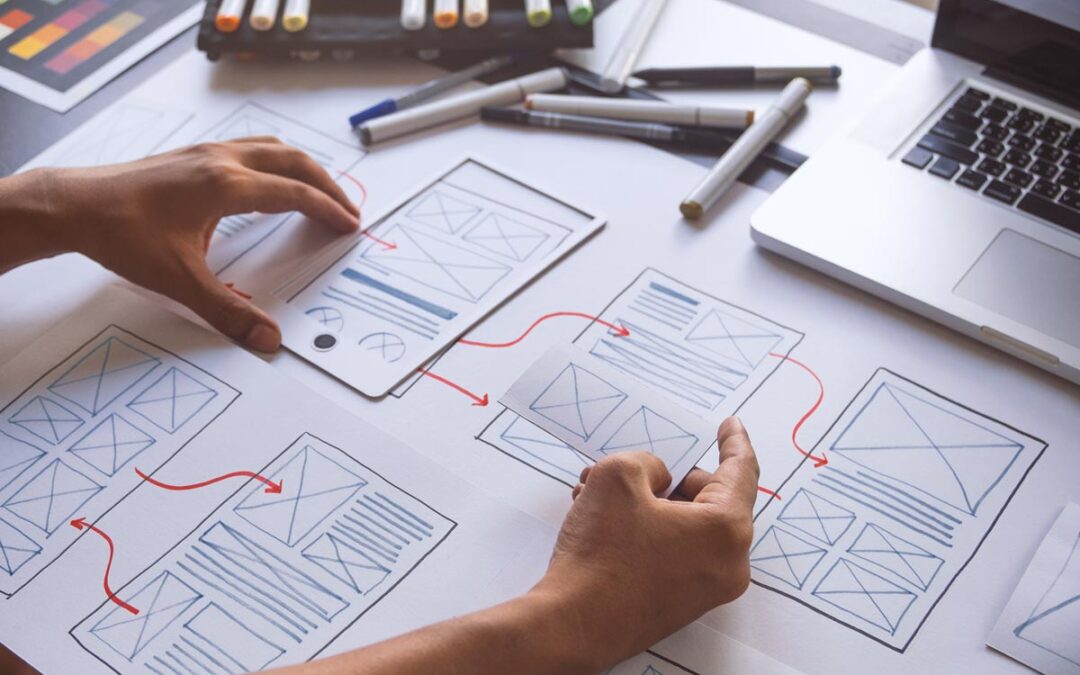As a San Antonio Art Director, you’re tasked with managing a diverse range of creative projects. From creating compelling brand identities to designing intuitive websites, your role is multifaceted and demanding. One of the most challenging aspects of your job is undoubtedly managing large graphic design projects. These complex initiatives require a systematic approach, disciplined project management skills, and an ability to keep the creative juices flowing even under pressure.
Understanding Your Role as a San Antonio Art Director
The role of a San Antonio Art Director is a unique blend of creativity, leadership, and problem-solving. You’re responsible for overseeing the creative process, managing a team of designers, and ensuring the final output aligns with the client’s vision and goals.
Creative Vision
As an Art Director, your primary responsibility is to set the creative direction for the project. This involves understanding the client’s brand, target audience, and objectives, and translating these factors into a compelling visual narrative.
Team Leadership
You’ll be leading a team of talented individuals, including graphic designers, illustrators, and web developers. It’s your job to foster a collaborative environment, provide constructive feedback, and keep your team motivated and inspired.
Problem-Solving
Large graphic design projects are often accompanied by challenges and obstacles. As the project lead, you’ll need to devise creative solutions to overcome these hurdles and ensure the project stays on track.
Step-by-Step Guide to Managing Large Graphic Design Projects
Managing large-scale design projects can feel overwhelming. However, by following a systematic approach, you can streamline the process and ensure a successful outcome.
1. Defining Project Goals and Objectives
The first step in any project is to clearly define the goals and objectives. Discuss these with your client to understand their vision and expectations. The project’s purpose, target audience, desired outcomes, and key deliverables should all be outlined at this stage.
2. Developing a Comprehensive Project Plan
Next, develop a comprehensive project plan. This should include a detailed timeline, a list of tasks and deliverables, and an outline of the resources required. Use project management tools to keep track of progress and ensure everyone is on the same page.
3. Assembling Your Creative Team
Select a team of skilled professionals who can bring the project to life. This could include graphic designers, web developers, copywriters, and other creative specialists. Remember, every member of your team brings a unique skill set to the table, and it’s your job as a San Antonio Art Director to harness these talents effectively.
4. Creating a Design Brief
A design brief is an essential tool for guiding your team’s creative efforts. It should include information about the client’s brand, the project’s goals and objectives, and any specific design requirements. The brief serves as a reference point for your team and helps ensure everyone is working towards the same vision.
5. Conducting Research and Gathering Inspiration
Before diving into the design process, spend some time conducting research and gathering inspiration. This could involve studying the client’s industry, analyzing competitor designs, and exploring current design trends. This research will inform your design decisions and help you create a product that resonates with the target audience.
6. Developing Initial Design Concepts
With a clear understanding of the project’s objectives and a wealth of inspiration at your disposal, it’s time to start developing initial design concepts. Encourage your team to brainstorm ideas and experiment with different design approaches. Remember, this is a creative process, and it’s okay to think outside the box.
7. Reviewing and Refining Design Concepts
Once you have a range of design concepts, review them with your team and select the most promising ideas for further development. This is an iterative process that involves refining and polishing your designs until you have a final product that meets the project’s goals and aligns with the client’s vision.
8. Presenting the Final Design to the Client
When you’re satisfied with the final design, it’s time to present it to the client. Prepare a compelling presentation that showcases the design and explains how it achieves the project’s objectives. Be ready to receive feedback and make any necessary revisions.
9. Implementing the Design
After receiving approval from the client, move forward with implementing the design. This could involve developing a website, creating marketing materials, or producing other deliverables. Ensure the design is implemented correctly and consistently across all platforms.
10. Evaluating the Project’s Success
Finally, evaluate the project’s success. Did you meet the client’s objectives? Did the design resonate with the target audience? Use this feedback to improve your future projects and grow as a creative professional.
Leveraging Technology in Your Graphic Design Process
As a San Antonio Art Director, it’s important to leverage technology to streamline your graphic design process. From project management tools to design software, technology can help you stay organized, enhance collaboration, and deliver high-quality designs.
Project Management Tools
Project management tools like Asana or Trello can help you keep track of tasks, deadlines, and deliverables. These platforms allow you to assign tasks to team members, monitor progress, and ensure the project stays on track.
Graphic Design Software
Utilize graphic design software like Adobe Creative Suite to bring your designs to life. These tools offer a range of features for creating stunning visuals, from vector graphics and photo editing to typography and layout design.
Communication Platforms
Communication is key in any project. Platforms like Slack or Microsoft Teams allow for real-time communication with your team, making it easy to share ideas, provide feedback, and resolve issues quickly.
File Sharing and Collaboration Tools
File sharing and collaboration tools like Google Drive or Dropbox make it easy to share files with your team and collaborate on designs in real-time. These platforms also provide a secure way to store and organize your project files.
Conclusion
Managing large graphic design projects as a San Antonio Art Director requires a strategic approach, effective communication, and a deep understanding of design principles. By following a systematic process and leveraging technology, you can streamline your workflow, enhance collaboration, and deliver designs that resonate with your audience. Remember, every project is a learning opportunity. Use each experience to refine your process, hone your skills, and grow as a creative professional.


